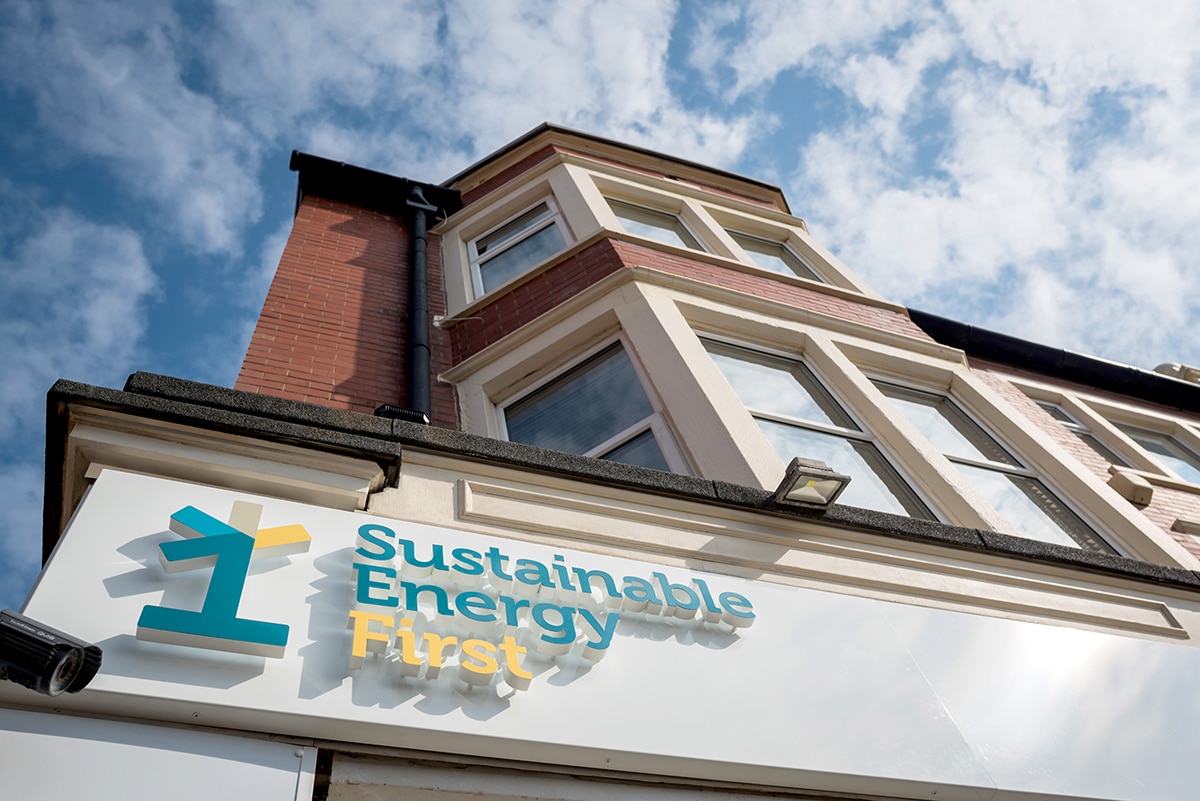Perhaps unsurprisingly, a new report by the EU Energy and Environment Sub-Committee has highlighted that leaving the EU poses several risks to the energy industry. The Committee has called on the Government to confirm how they intend to manage the following key concerns raised in the report:
Security of supply
Many within the energy industry are keen for the UK to remain within the Internal Energy Market (IEM) for security of supply reasons, but if the Government’s current plan to exit the single market is carried out then it’s highly unlikely that we’ll stay in the IEM. According to the report, leaving the IEM will put our relationship with European interconnectors at risk.
This could have serious consequences for our security of supply, as interconnectors currently provide around 5% of our electricity demand. Our indigenous supply isn’t sufficient to meet our heat and power demands, so we are reliant on imports. In severing our close ties with the EU, the Committee has highlighted that we will be more vulnerable to energy supply shortages, particularly if we experience extreme winter weather or unplanned generation outages.
Another problem is that once the UK sits outside of the EU energy market, we won’t have the same influence we currently do over key EU energy policies. If the Security of Gas Supply regulation ceases to apply in the UK post-Brexit, for example, we will no longer be able to be involved in assessing supply risks and developing action plans and emergency processes with EU countries. Remaining within the IEM won’t solve this issue either, as it will simply mean that we’ll be obliged to conform to EU energy regulations, while having a very limited influence on them.
Energy prices
Energy trading – both between the UK and the EU, and the UK and countries outside of the EU – will undoubtedly continue after Brexit, and we don’t expect to see any huge increases in import or export costs, as trading is mutually beneficial to both sides. However, the report states that it’s likely that the market will become less efficient than it is today once we leave the IEM, which could lead to price rises for businesses. In fact, National Grid has claimed that leaving the EU and the internal market could add up to £500m a year to consumers’ energy bills.
Importing from the EU isn’t just beneficial to us because it helps us to meet demand, but also because it means that we don’t have to procure as much capacity domestically – through demand side response schemes, for example – which is significantly more expensive.
If we need to look beyond the EU in order to meet demand, we could import more liquefied natural gas (LNG) from countries outside of Europe. This is a flexible option, but it could be costly for us – a cost which would again be passed on to consumers.
Decarbonisation
As we move towards a low carbon future, the interconnectors also help all parties by facilitating decarbonisation. We’re becoming increasingly reliant on renewable sources of energy, which is essential for us to meet our carbon targets, but renewables are intermittent. We need alternative sources, like nuclear, to help us to balance the grid.
However, the report highlights that the nuclear industry could be particularly badly affected by Brexit. Our nuclear power stations supply us with a significant amount of low carbon electricity, and we currently trade nuclear materials with many other countries. In order to keep our nuclear power stations running, we will need to establish new Nuclear Cooperation Agreements (NCAs) to maintain our existing supply chains and continue to import fresh nuclear fuel.
As Euratom currently holds the UK’s nuclear industry to higher standards than those required by our international obligations, and provides a significant number of safeguarding inspections, we’ll also need to establish a new safeguarding regime to ensure we meet the International Atomic Energy Agency (IAEA) obligations once we leave the EU.
What next?
It will take some careful planning and negotiation by the government to ensure that Brexit doesn’t cause serious problems for the energy industry and consumers alike. Several key players, including National Grid and the CBI, have suggested that the best way forward is to establish a period of transition after Brexit. The transition should allow all parties on both sides enough time to adapt their regulatory frameworks and systems, so we can create the most efficient trading environment possible.
To ensure security of supply and keep the UK on track to achieve its carbon targets, the government will also need to ensure that the nuclear industry remains operational by replacing the provisions of the Euratom Treaty by the point of withdrawal. They should also continue to invest in developing the smart grid, to create an energy system that can support demand into the future.
Inenco’s advice to energy professionals is to focus on the areas that they can influence when it comes to Brexit’s effects on their business. While we can do little to change the outcome of Brexit negotiations, businesses can act now to mitigate the anticipated rise in energy costs once we leave the EU. Talk to one of our experts today to find out how we can help you to optimise your energy strategy – call us on 08451 4636 26 or email enquiries@inenco.com.





